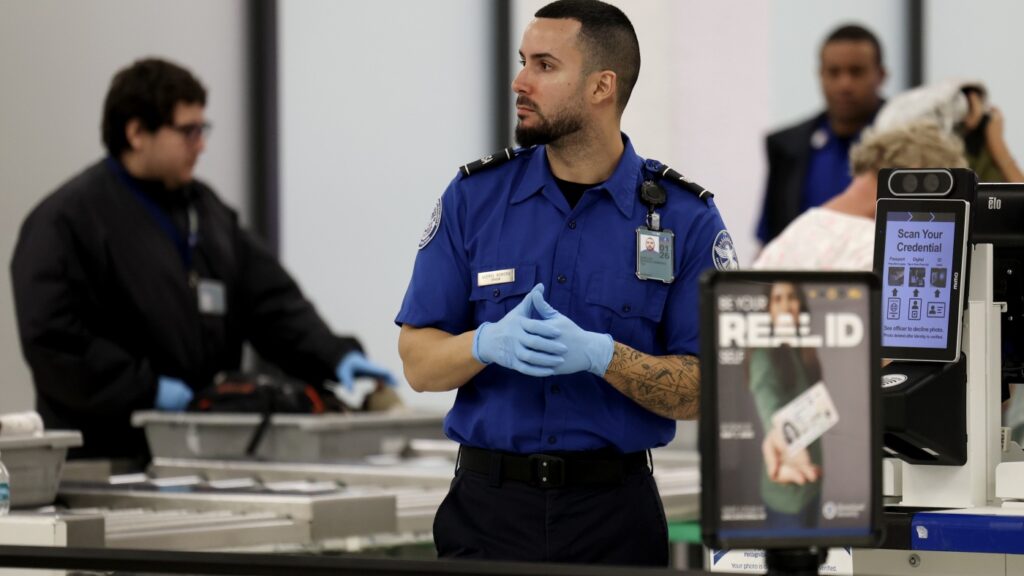The U.S. federal government is set to implement the Real ID law on May 7, 2025, after nearly two decades of delays. This law impacts domestic air travel significantly as it mandates specific identification requirements for passengers at security checkpoints, meaning that state-issued driver’s licenses that do not meet these requirements will not be accepted. While travelers can continue to use alternative forms of ID, such as passports or permanent resident cards, those without compliant IDs may face increased scrutiny.
Currently, around 81% of travelers have acceptable IDs, but concerns remain about the readiness of the TSA and passengers for this transition. The TSA plans to execute its enforcement in phases, allowing time for adjustments and to minimize confusion at airports. To obtain a Real ID, individuals should verify whether their licenses meet the new standards, characterized by a star in the top corner, and prepare necessary documentation. This initiative stems from the 2005 Real ID Act, which aimed to tighten identification processes after the events of September 11, 2001. Delays in implementation were attributed to various challenges, including the COVID-19 pandemic.
Source link


